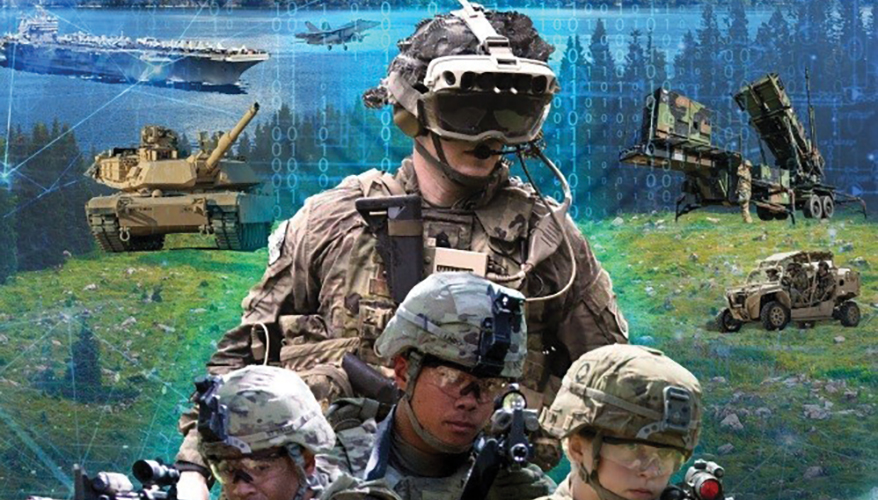Allyson Park

The Army is focused on building a resilient data network that can withstand contested and disrupted environments, but industry leaders say they need more access and engagement with the service to better meet its requirements.
Army Chief of Staff Gen. Randy George declared modernizing the unified network the service’s top priority during the Association of the United States Army’s annual conference in October.
Brig. Gen. Denise Brown, director of architecture, operations, networks and space, office of the deputy chief of staff, G-6, said then that the Army was consolidating 49 organizational networks down to 13. “And then we’re moving to centralized delivery of services” by Army Cyber Command as a single provider, which will reduce complexity at the combatant commands and free up soldiers to “focus on the warfighting.”
A unified data network is integral to the Army’s efforts to modernize command and control, and it is the “capability that delivers the resilient and secure communications to ensure that we have … secure access to our information,” Brown added.
Retired Army Maj. Gen. Clark LeMasters Jr., former managing director of logistics commodities and services transformation at Leidos, said the Army cannot function without a resilient network.
The network “touches everything we do: planning, deployment of military and across the commercial transportation networks, our supply chains, and it has to be there for us,” he said at a recent AUSA contested logistics forum.
And the unified network is really all about data, Michael Snow, principal logistics consultant at the Logistics Management Institute, said at the event.
“Data is a commodity in contested logistics. It’s got to be controlled, and there’s got to be access to data,” he said. “Without that information, we can’t make the decisions that we need to make on how to approach a problem or develop a solution.”
Maintaining advantage during conflict requires “taking a critical look” at how the Army should use capabilities like artificial intelligence and machine learning to help commanders analyze greater volumes of data to improve decision-making, Brig. Gen. Jake Kwon, director of strategic operations at the office of the deputy chief of staff, G-3/5/7, said.
The Army needs to be able to operate in contested environments and conduct distributed operations where network operations could be disconnected, and that requires intelligent systems that can adapt, he said.
“But we also have to do this without building an iron mountain of data, because this requires [a] deliberate understanding of what data is important to make those particular decisions [on] what networks and data sources we have to protect,” he said.
A unified data network should not be one individual system, said retired Army Col. David Poland, client solutions executive at AT&T Global Public Sector.
“I’m not sure that you really want one individual system,” he said. “I like the idea of a system of systems, network of networks. It’s [easier] to defend each enclave. And that way if something is compromised again … if one system goes down, you have another system to take its place.”
Transforming the unified network requires protecting the network from cyberattacks, which means preventing attacks as much as possible and building resiliency to withstand attacks, Poland said.
“It all has to do with resiliency and being able to recover, get the things up and running again,” he said. “A lot of that starts with a network and being able to report what you need and when you need it.”
The Army’s networks “hold off [attacks] very well every day,” Poland said, attributing that success to industry partnerships, and those partnerships should be “the main effort with the cyber domain.”
A significant advantage of working with industry and using commercial standards is the ability to “blend in with the noise,” Poland said.
“You’re going to want to use the spectrum local to where the fight is so that you can blend in,” he said. “We have to work out what you’re going to need in the theater and put together the contracts and the service level agreements [with industry partners] now … so that in the middle of the fight we can move at the speed of mission and not the speed of DoD contracting.”
The service must allow industry into the development process early to assess challenges and problems, and to help write requirements and to share in the creation of the network, Snow said.
“Developing solutions is hard enough as it is with technology the way it is today,” he said. “What we think may work today probably is not the ultimate solution for six months from now, a year from now. So, [industry] has to have that access, or we would appreciate that access to be able to do the things that we need to do to advance technology at the pace of need.” ND
No comments:
Post a Comment